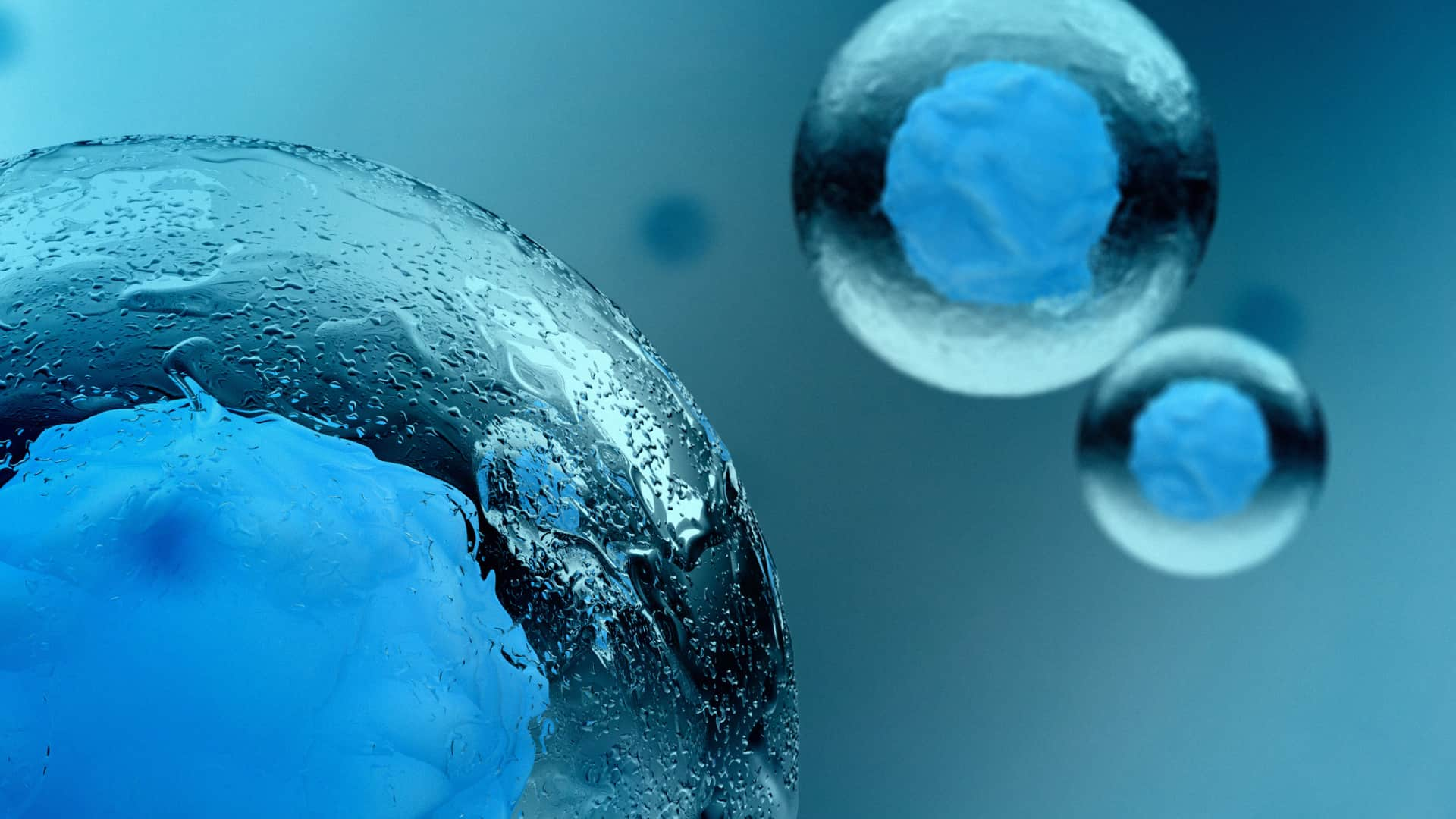EnXtra® Alpinia Galanga
COMMON NAME
Greater Galangal | Thai Ginger | Siamese Ginger
TOP BENEFITS OF EnXtra®
Sharpens alertness and focus*
Amplifies caffeine’s nootropic benefits*
Supports brain and cognitive function*
WHAT IS EnXtra®?
Alpinia galanga is native to Southeast Asia, where it’s used as a food and herb [1]. It is part of the ginger family, and, similar to ginger, the rhizome, or creeping rootstalk is what’s used. The rhizome has a pungent smell reminiscent of black pepper and pine. The similarity in appearance to the ginger rhizome has led to one of its common names, Thai ginger. In some traditional medical systems, it is regarded as being superior to ginger. EnXtra® is a clinically studied and standardized Alpinia galanga rhizome extract. In human studies, EnXtra® has been complementary to caffeine. In a clinical study, supplementation with EnXtra® supported alertness and focus It’s clinically proven to improve alertness and focus for up to 5 hours with and without caffeine. EnXtra® can be used as a replacement for caffeine or used with caffeine to prevent crash and prolong caffeine’s nootropic benefits [2].*
NEUROHACKER’S EnXtra® SOURCING
EnXtra® has been used in human clinical studies, where it has enhanced alertness and focus, and amplified the nootropic response to caffeine.
EnXtra® is created by Enovate Biolife, and is standardized for total polyphenols (not less than [NLT] 3%), flavanoids (NLT 4%), polysaccharides (NLT 20%) and pyrocatecollic type tannins (NLT 1%).
EnXtra® is responsibly sourced. It is cultivated without pesticides in hilly terrain and hand picked to ensure optimum potency. It is DNA authenticated to ensure botanical identification.
EnXtra® is GRAS affirmed, non-GMO, gluten-free, vegan, Kosher certified and Halal compliant.
Grown in India.
EnXtra® is a registered trademark of Enovate Bioscience.
EnXtra® FORMULATING PRINCIPLES AND RATIONALE
We consider Alpinia galanga to be in the adaptogenic herb category; following hormetic dosing principles (see Neurohacker Dosing Principles) with a high likelihood of having a hormetic range (i.e., a dosing range below and above which results could be poorer). We have selected a serving that is consistent with the studied amount in the human clinical studies.*
ALPINIA GALANGA KEY MECHANISMS
Supports cognitive function*
Supports mental alertness* [2]
Supports attention* [3]
Supports memory (in animals)* [4,5]
Supports brain function*
Supports neuroprotective functions* [4–6]
CNS stimulant activity* [7]
Supports locomotor activity and motor coordination* [7]
Influences acetylcholinesterase (AChE) levels/activity in the brain* [4,5]
Influences monoamine oxidase (MAO) A and B levels/activity in the brain* [5]
Supports antioxidant defenses*
Supports antioxidant defenses in the brain* [4–6,8]
Replenishes glutathione (GSH) levels* [8]
Counters oxidative stress* [6,8]
Other actions*
Supports healthy cardiometabolic parameters* [8,9]
Supports immune system activation* [10]
Complementary ingredients*
Caffeine — supports sustained attention* [2]
*These statements have not been evaluated by the Food and Drug Administration. This product is not intended to diagnose, treat, cure, or prevent any disease.
REFERENCES
[1] D. Kaushik, J. Yadav, P. Kaushik, D. Sacher, R. Rani, Zhong Xi Yi Jie He Xue Bao 9 (2011) 1061–1065.
[2] S. Srivastava, M. Mennemeier, S. Pimple, J. Am. Coll. Nutr. 36 (2017) 631–639.
[3] S. Shalini Srivastava, BAOJN 3 (2017) 1–10.
[4] J.C. Hanish Singh, V. Alagarsamy, P.V. Diwan, S. Sathesh Kumar, J.C. Nisha, Y. Narsimha Reddy, J. Ethnopharmacol. 138 (2011) 85–91.
[5] J.C. Hanish Singh, V. Alagarsamy, S. Sathesh Kumar, Y. Narsimha Reddy, Phytother. Res. 25 (2011) 1061–1067.
[6] R. Mundugaru, S. Sivanesan, P. Udaykumar, V. Dj, S.N. Prabhu, B. Ravishankar, IJPER 52 (2018) s77–s85.
[7] S. Saha, S. Banerjee, Indian J. Exp. Biol. 51 (2013) 828–832.
[8] P. Kaushik, D. Kaushik, J. Yadav, P. Pahwa, Pak. J. Biol. Sci. 16 (2013) 804–811.
[9] R.K. Verma, G. Mishra, P. Singh, K.K. Jha, R.L. Khosa, Ayu 36 (2015) 91–95.
[10] D. Bendjeddou, K. Lalaoui, D. Satta, J. Ethnopharmacol. 88 (2003) 155–160.




